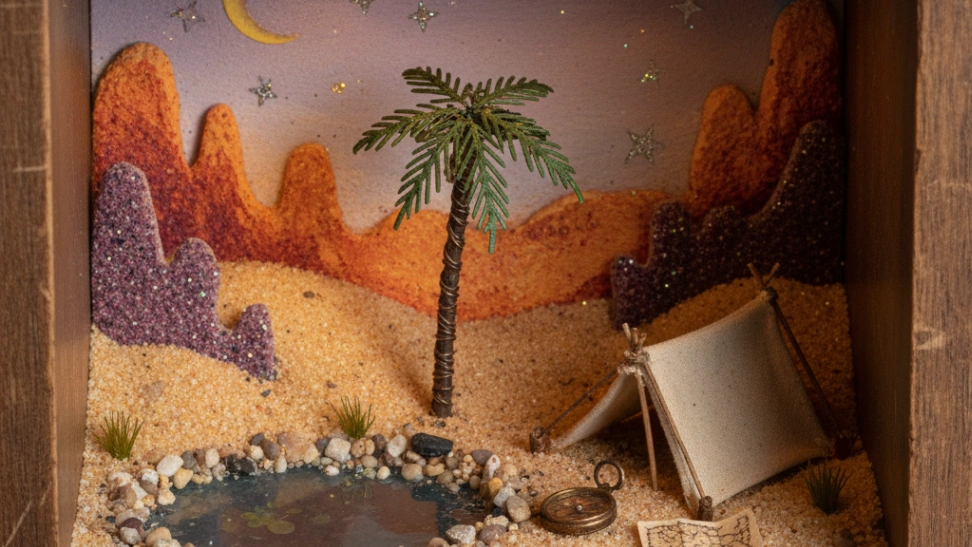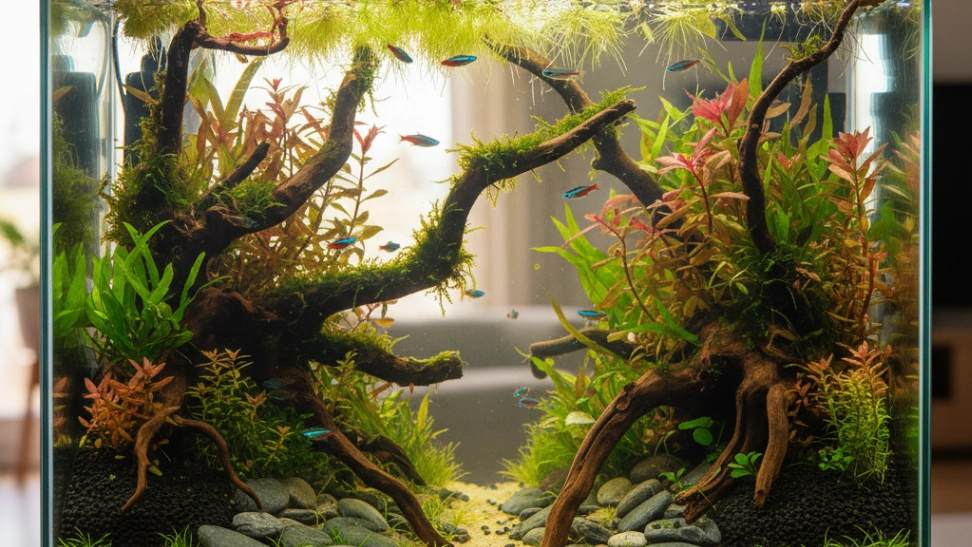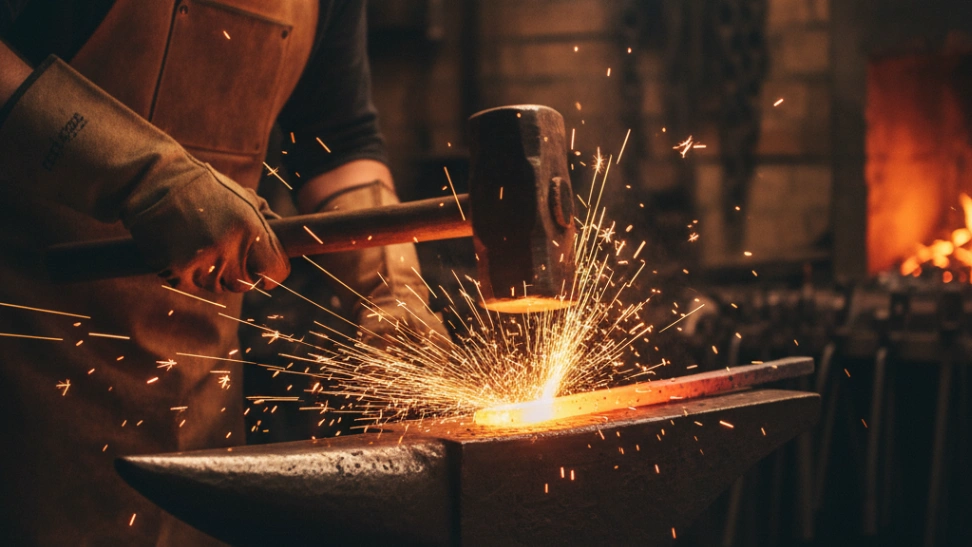Is This Hobby For You?
Ideal for meticulous individuals who enjoy creative challenges, detailed handiwork, and bringing miniature worlds to life.
Why You'll Love It
- Offers a deeply satisfying outlet for creative expression and storytelling.
- Develops incredible patience, precision, and fine motor skills.
- Results in tangible, display-worthy miniature artworks.
Good to Know Before You Start
- Can be time-consuming, requiring many hours for complex projects.
- Requires significant attention to detail, which might be frustrating for some.
- Materials and tools can accumulate, requiring dedicated storage space.
Hobby Traits
How the community rates this hobby.
Getting Started: The Essentials
The basic requirements to begin your journey with Diorama Building.
Startup Cost
$200
Community-voted average
Ongoing Cost
Low
Monthly upkeep estimate
Essential Gear
Craft knife/X-Acto knife
For precise cutting of materials like foam, cardboard, and plastic.
Cutting mat
Protects your workspace surface and provides a stable, measured base for cutting.
Acrylic paints and brushes
Essential for detailing, coloring terrain, figures, and structures with vibrant or realistic tones.
Basic sculpting tools
For shaping terrain, adding textures, and refining miniature details.
Adhesives
PVA glue, super glue, and hot glue are crucial for bonding various materials together securely.
Foam board/Styrofoam
Fundamental materials for constructing the base, underlying terrain, and structural elements of your diorama.
Learning Curve
Overall Difficulty: Easy
Associated Skills
Skills you can expect to develop while pursuing this hobby.
A Closer Look at the Traits
Very Calm
A deeply relaxing and meditative activity with minimal physical effort.
Purely for Fun
Pursued purely for enjoyment, relaxation, and the fun of the activity itself.
Purely Indoors
Best enjoyed in the comfort of your own home or a dedicated indoor space.
Moderately Mental
Primarily a mental activity, but may have some light physical components.
Purely Creative
A highly creative and expressive outlet for your imagination and artistic side.
Very Solo
A deeply personal and solitary activity, perfect for quiet time and introspection.
Frequently Asked Questions
Hobby Traits
How the community rates this hobby.



